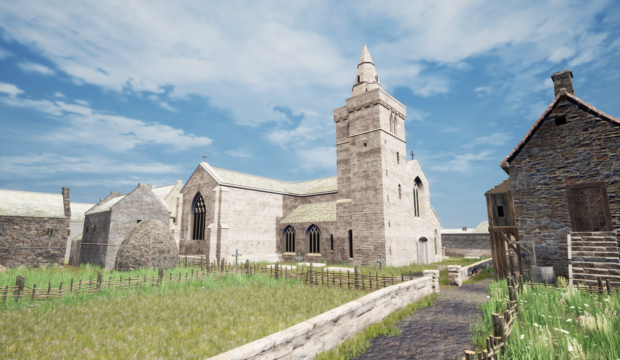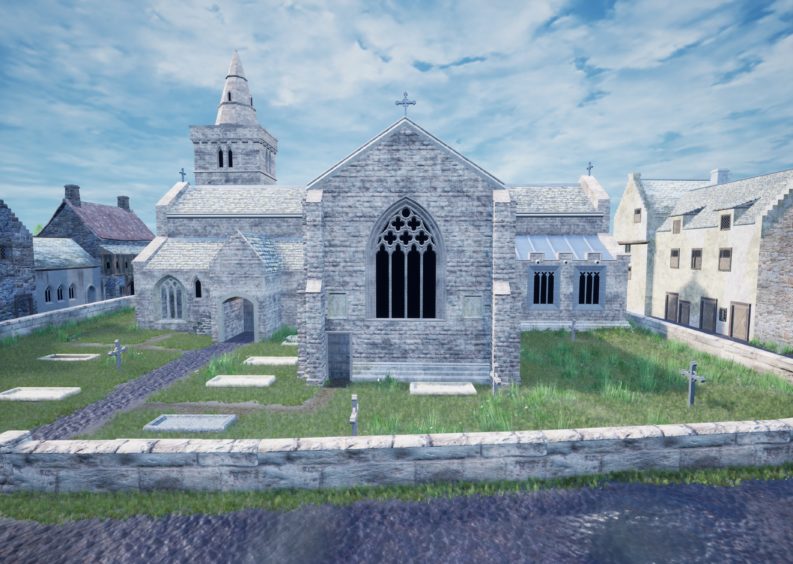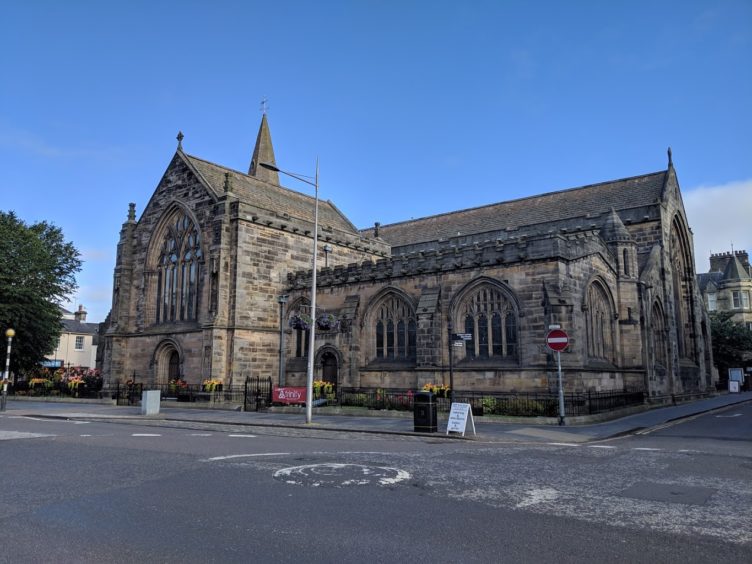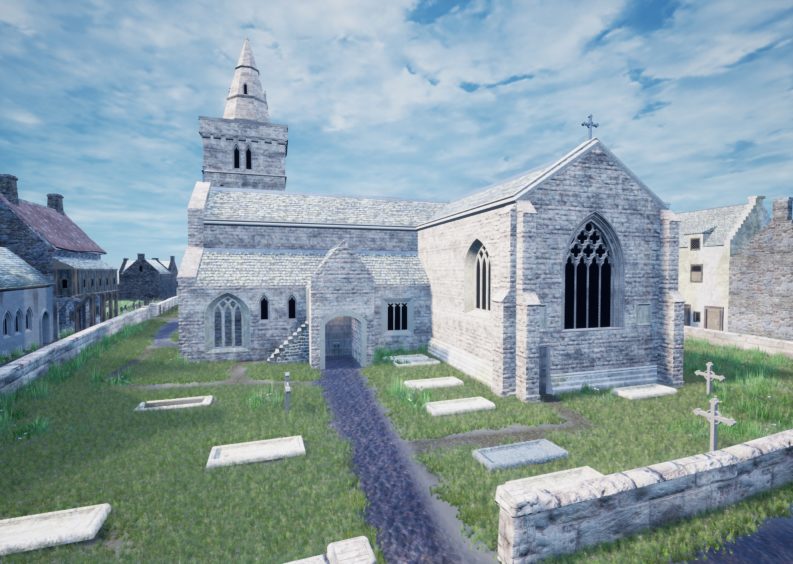A Fife church which played a central role in the Scottish Reformation has been virtually reconstructed as it may have appeared more than five centuries ago.
Holy Trinity Church in St Andrews was regarded as one of Scotland’s most important parish churches in the Middle Ages and was where Protestant leader John Knox first preached in public during the siege of St Andrews Castle in 1547.
It was also where, in 1559, Knox delivered his famous sermon urging the town to reject Catholicism, resulting in attacks on St Andrews Cathedral.
Academics at St Andrews University have combined historical research with computer technology to create a virtual reconstruction of the original church just before the Reformation.
A virtual reality version of the reconstruction can be experienced as part of the Divine and Human exhibition at Holy Trinity Church in St Andrews which launched on Thursday. The exhibition will also have key historic objects from the Middle Ages onward, on display.
Dr Bess Rhodes of the Schools of History and Computer Science worked with doctoral students from the School of History, Peryn Westerhof Nyman and Chelsea Reutcke, using historic documents and images to reveal the church’s 16th century appearance.
The reconstruction was then created by Sarah Kennedy of the School of Computer Science, with support from members of the Open Virtual Worlds team, led by Dr Alan Miller of the School of Computer Science.
Dr Rhodes said: “Holy Trinity is central to Scottish history.
“Events here in the summer of 1559 transformed the religious future of this country.
“The Reformers’ success was by no means assured, and the decision of the congregation of Holy Trinity to back John Knox and the Protestant cause was a key turning point in Scotland’s Reformation.
“Yet Holy Trinity also has this remarkable Catholic past which subsequent generations sought to – quite literally – whitewash away.
“This project has tried to recapture the character of Holy Trinity as it was on the eve of the momentous changes of 1559.”
Although the origins of Holy Trinity go back to at least the 12th century, it was built on its current location on South Street in 1410 and over succeeding centurie,s has been repeatedly redesigned, including being stripped of its images and altars during the Reformation.
The majority of the building was demolished in 1907 to be replaced by the current Gothic structure.
With the exception of the medieval tower, little remains to remind people of its original medieval design.
By the late Middle Ages, St Andrews was home to Scotland’s largest cathedral, and was a centre of Catholic pilgrimage, learning and power.













